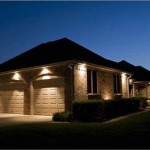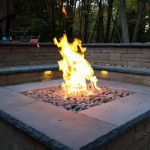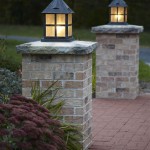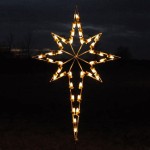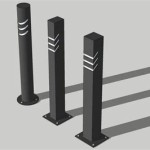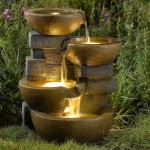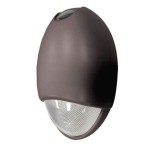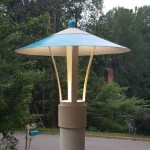Light for Outdoor Sign: Essential Aspects
Outdoor signage plays a crucial role in attracting customers and promoting brand visibility. Proper lighting is essential for ensuring that your sign stands out and delivers its message effectively, especially during nighttime or in dimly lit areas.
Choosing the right light for outdoor signs involves several important considerations, including:
1. Sign Type and Size
The type and size of your sign will determine the appropriate lighting requirements. Smaller signs may require less light, while larger signs or those located in areas with high ambient light levels will need brighter illumination.
2. Light Source
There are various light sources available for outdoor signs, including:
- Incandescent bulbs: Provide warm, yellowish light but are energy-inefficient and have a short lifespan.
- Fluorescent tubes: Energy-efficient and provide even illumination, but can be susceptible to cold weather.
- LEDs: Highly energy-efficient, long-lasting, and offer a wide range of color options and light intensities.
3. Brightness and Visibility
The brightness of the light should be sufficient to ensure that the sign is visible from a distance. However, excessive brightness can be distracting or create glare. The visibility of the sign will also depend on the contrast between the sign's illumination and the surrounding environment.
4. Light Distribution
The distribution of light is critical for achieving uniform illumination across the entire sign. Different types of light fixtures, such as floodlights, spotlights, or linear lighting, can be used to create the desired effect.
5. Weather Resistance
Outdoor signs are exposed to various weather conditions, so it is essential to choose lighting fixtures that are weather-resistant. LED lights are generally more resistant to moisture and temperature fluctuations than incandescent or fluorescent lights.
6. Energy Efficiency
Energy efficiency is an important consideration for outdoor lighting, especially in areas where signs are illuminated for extended periods. LEDs are the most energy-efficient light source, consuming significantly less energy than incandescent or fluorescent bulbs.
7. Maintenance
Outdoor lights may require occasional maintenance, such as bulb replacement or fixture cleaning. Consider the accessibility of the light fixtures and the frequency of maintenance required before making a decision.
8. Regulations and Code Compliance
It is important to comply with local regulations and building codes related to outdoor sign lighting. These regulations may specify requirements for light intensity, sign size, or the installation of safety features.
Conclusion
Proper lighting is essential for maximizing the effectiveness of outdoor signs. By carefully considering the factors outlined above, you can choose the right light source, brightness, distribution, and other features to ensure that your sign stands out and conveys its message effectively, day or night.

Fl90 Solar Powered Gooseneck Outdoor Lighting For Signage

Outdoor Sign Lighting For New Bbq Deck Inspiration Barn Light Electric

Led Outdoor Rotatable Linear Sign Light Alcon Lighting 31029

Outdoor Architectural Led Commercial Sign Light Alcon Lighting 31025

Hinkley 15062mr Terrace Led 5 Inch Museum Broe Landscape Sign Light

Cedar Hill 10 In 42 Watt 4000 Lumens Led Black Angle Shade Gooseneck Barn Light With Photocell Outdoor Sign 165001 The Home Depot

The Original Dual Arm Sign Light Barn Electric

Novo Vintage Swan Neck Sign Light Ip23 Mullan Lighting

Endurance Led Single Signage Outdoor Sconce By Wac Lighting At Lumens Com

Spj Lighting Low Voltage Bi Pin Solid Brass Outdoor Sign Light Wm800
Related Posts
